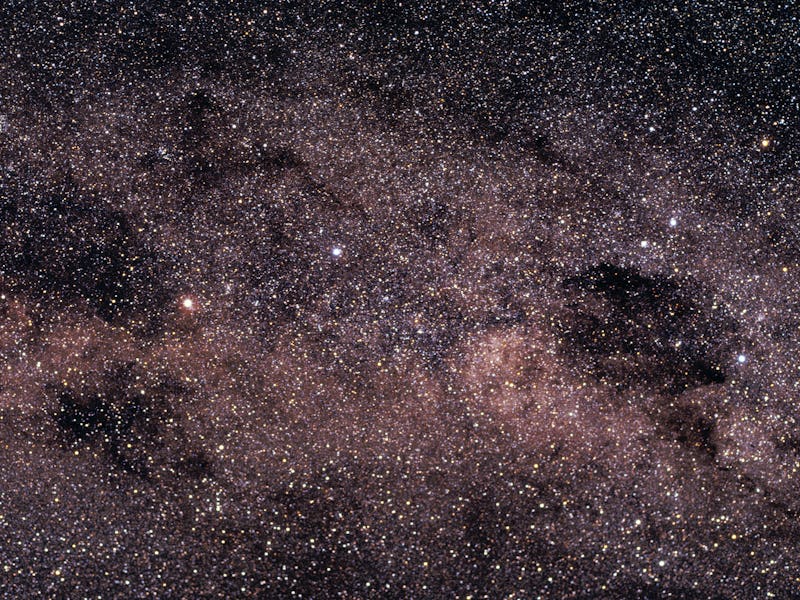Why Alpha Centauri? Breakthrough Starshot and NASA Search for Alien Life Nearby
NASA's Eduardo Bendek says research on the solar system next door is critical, but risky.

The hype surrounding Breakthrough Starshot’s $100-million gambit to launch laser powered nanocrafts into deep space is understandable. It’s a fascinating project and represents a bold new direction for research. But there are still a lot of unanswered questions about the project, not the least of which is why Yuri Milner, who’s ponying up the rubles for the effort, wants to focus so heavily on Alpha Centauri.
What exactly makes Alpha Centauri so special? What do we already know about it, and what makes us think there might be extraterrestrials or habitable worlds lurking around that neck of the woods?
Few people understand those questions better than NASA scientist Eduardo Bendek, who has spent his career researching Alpha Centauri and his whole life watching over it. “I grew up in Chile,” Bendek tells Inverse. “You could see Alpha Centauri with the naked eye.”
Alpha Centauri visible in the night sky on January 6th, 2016, at Villarica Volcano, Chilean Patagonia
Bendek and his colleague, Ruslan Belikov, are working on a mission proposal to build and launch a space telescope to Alpha Centauri and study its potential for sustaining habitable worlds. He says that, according to data gathered by the Kepler Space Telescope and other instruments, there’s probably an 85 percent chance that the star system hosts a habitable, Earth-like planet. That’s why we want to get there so badly.
Let’s back up for a second though. For the uninitiated, Alpha Centauri is, at 4.37 light-years away (25 trillion miles), the closest star system to our solar system. It has three stars: a binary pair called Alpha Centauri A and Alpha Centauri B, and a small red dwarf called Alpha Centauri C (or Proxima Centauri), which is thought to be gravitationally bound to the other stars, or might even just be passing through as a transient. And, if Bendek is right, it represents the environment most plausibly conducive to hosting observable life.
Bendek says there are three reasons Alpha Centauri holds the attention of researchers. For one, its binary star system “duplicates the probability of finding a habitable world.” The stars are far apart from one-another (like the distance of Uranus from the sun) and pretty stable, so the local habitable zone is roughly twice the size of the one in our star system. The second reason is that both of those stars are quite similar to our own sun — with very similar masses and brightnesses. “They are a lot more friendly to life” than other stars are, says Bendek.
The third reason is the simple one. Alpha Centauri, in galactic terms, is right next door. We can actually get there within a generation.
All that said, Alpha Centauri presents a significant unknown: We don’t know if it hosts any planets at all. Bendek and others think it likely does, but they’ve yet to prove it. That’s part of what makes the Starshot project such a risky, eccentric investment. It’s also the main reason Belikov and Bendek’s own proposed mission, the Alpha Centauri Exoplanet Satellite (or ACESat), hasn’t been approved for funding yet by NASA. Space telescopes are crazy expensive to build, and NASA needs to know they will find something. ACESat flips the script by focusing on just one star system instead of many. Yes, there’s an 85 percent chance of finding some good stuff. There’s also a 15 percent chance of disappointment. NASA is risk averse in a way that Yuri Milner isn’t.
Bendek is working to refine the mission in order to limit the risk of finding nothing more than a big, black empty. And he says Starshot could potentially benefit from that new plan if he can help the program aim its nanocraft shotgun at something smaller than a star system.